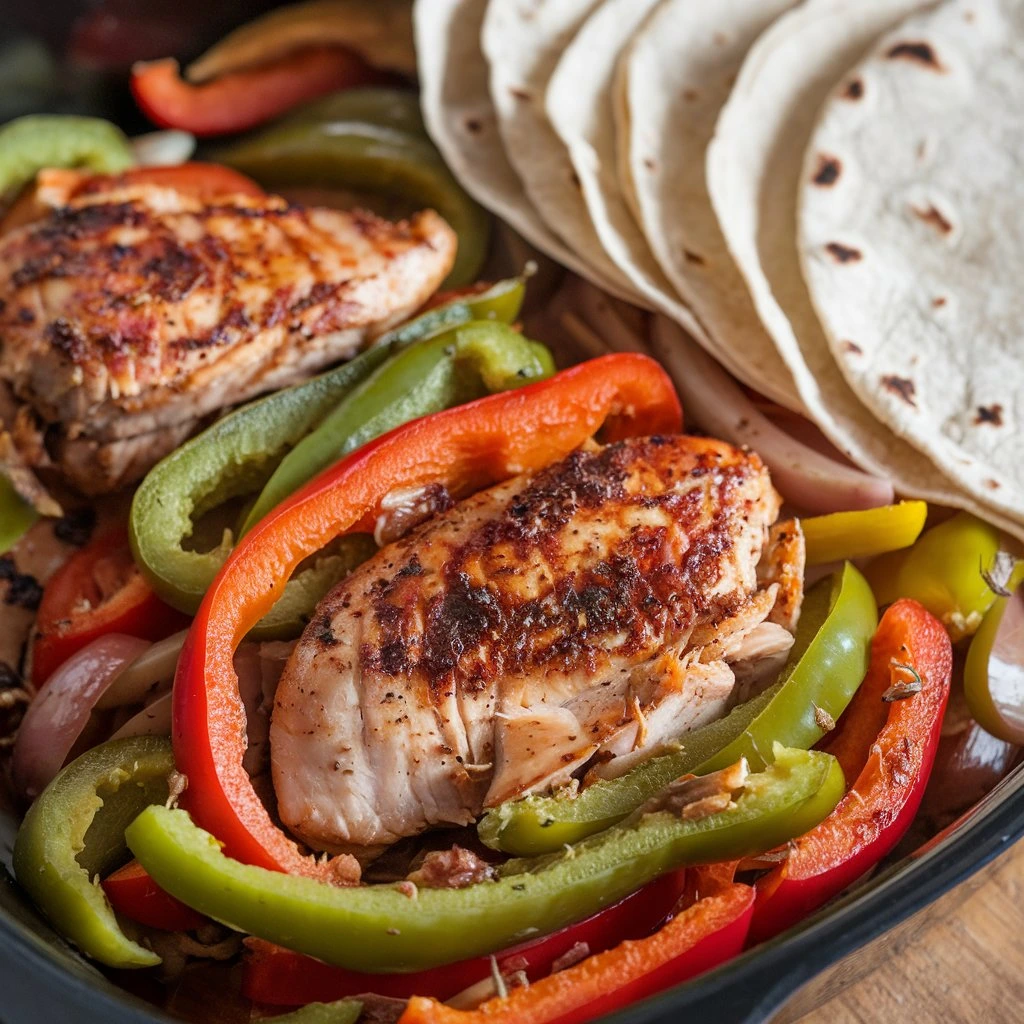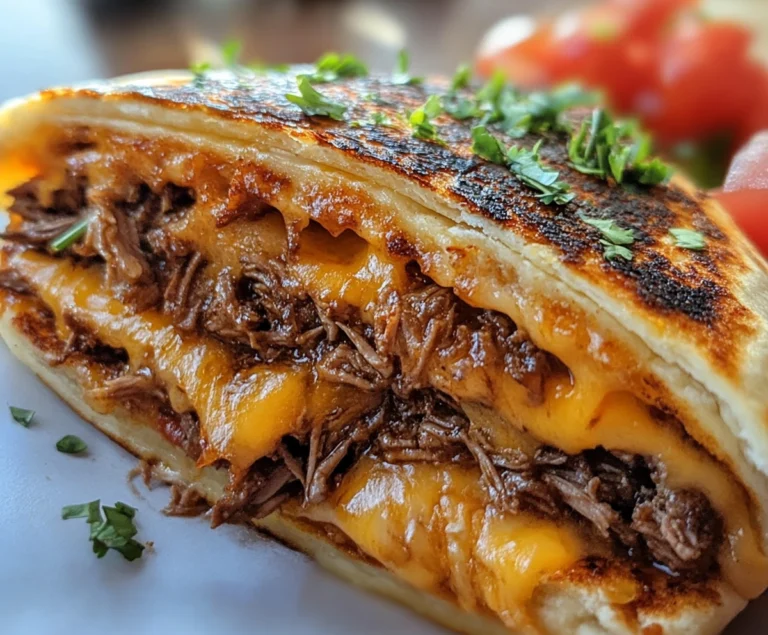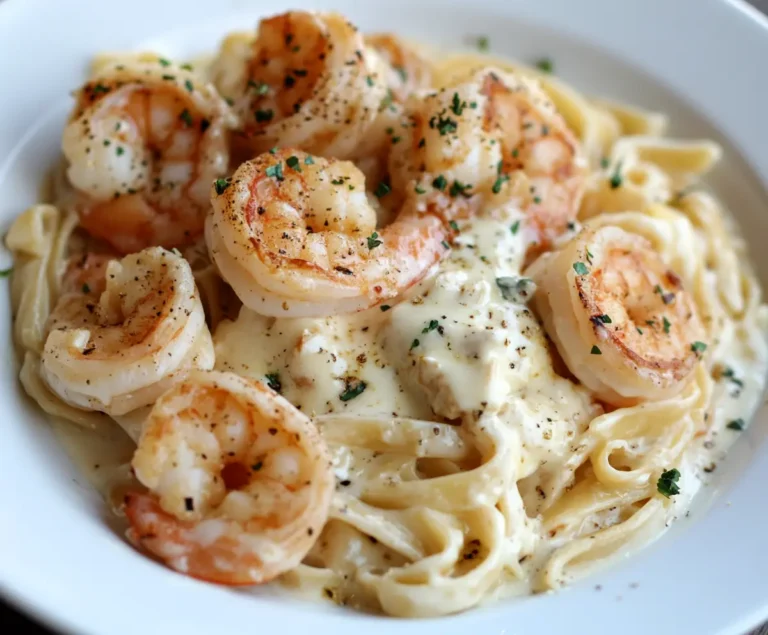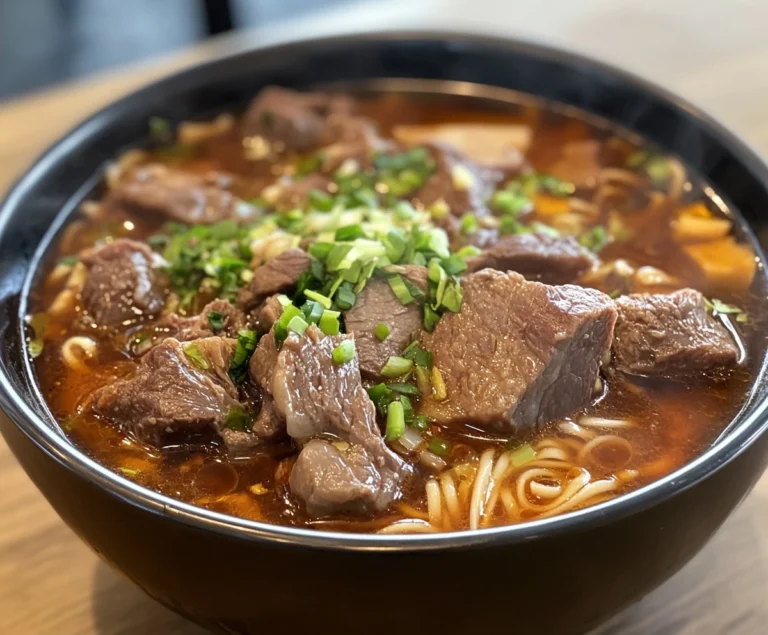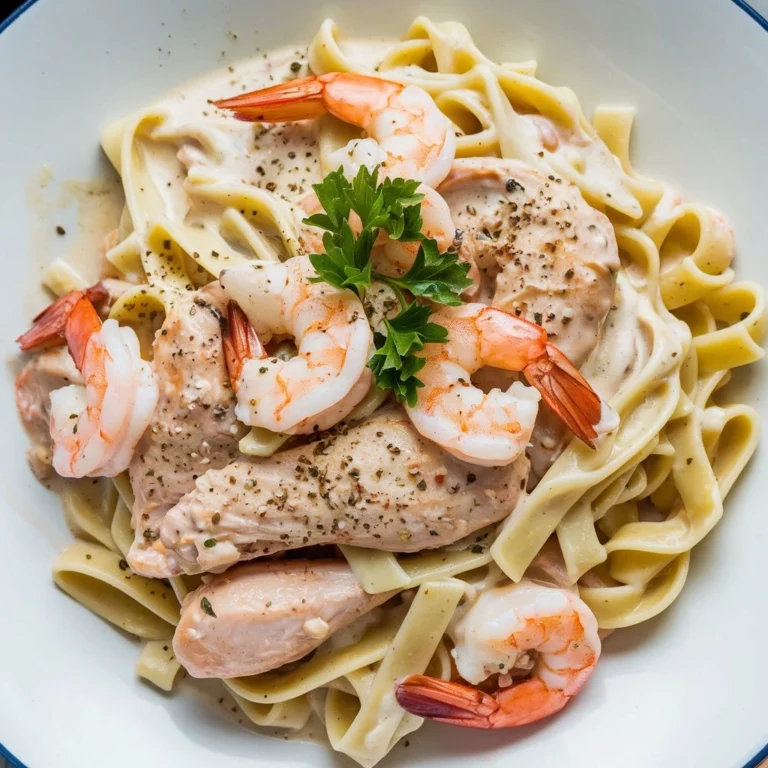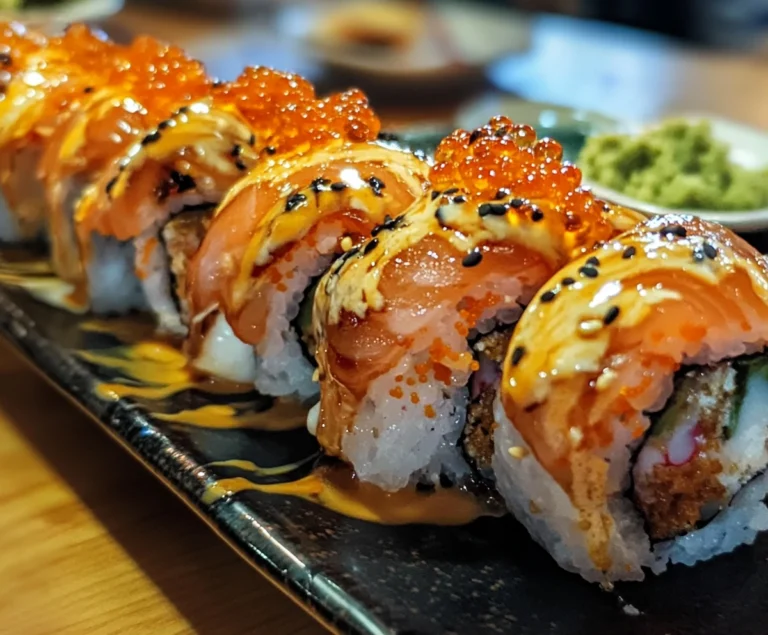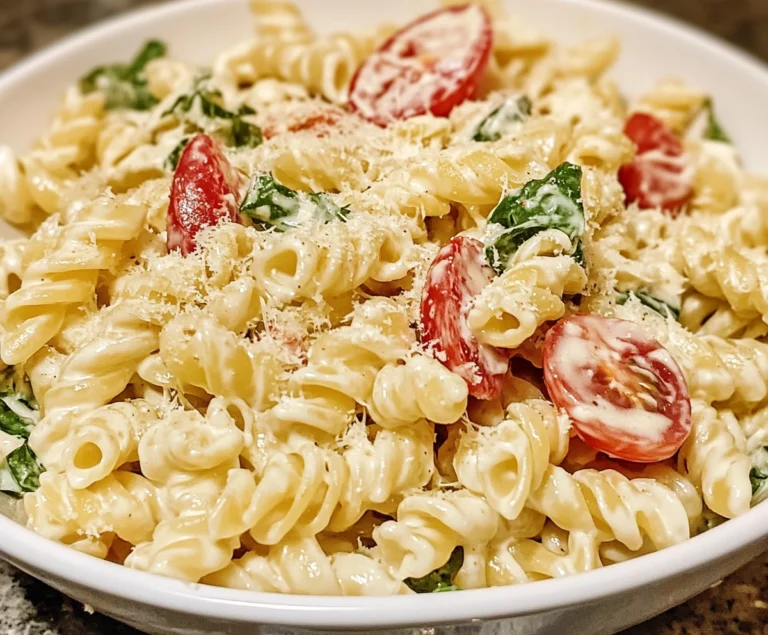Do You Cut Chicken Fajita Meat Before Cooking?
Chicken fajitas are a popular dish, but do you ever wonder whether you should cut chicken fajita meat before cooking or after? In this comprehensive guide, we’ll explain why cutting the meat beforehand can lead to more flavorful and tender Cut Chicken Fajita Meat Before Cooking , and how to do it properly.
Why You Should Cut Chicken Fajita Meat Before Cooking
There are many reasons to cut chicken fajita meat before cooking. Cutting the meat before it hits the pan ensures even cooking and helps the chicken absorb flavors more effectively. By slicing the chicken into strips before cooking, you also speed up the cooking time, creating a quicker meal without sacrificing taste.
Introduction to Chicken Fajitas and Why Preparation Matters
Chicken fajitas are one of the most popular Tex-Mex dishes around the world. The combination of juicy chicken, sautéed peppers and onions, warm tortillas, and vibrant seasonings creates a meal that’s hard to beat. However, the way you prepare your chicken can make or break the dish.
Many people wonder whether it’s better to cut the chicken before or after cooking, and this decision can affect several factors, including cooking time, flavor absorption, and texture. Cutting the chicken before cooking has been a traditional method for preparing fajitas, and it remains the preferred method for most chefs and home cooks today. But why is that?
By cutting the chicken into strips before cooking, you allow for better marination, quicker cooking times, and more even heat distribution, ensuring that each bite is tender and flavorful. In this guide, we will delve into each aspect of fajita preparation, from the benefits of cutting your chicken before cooking to tips on marination and seasoning.
The Benefits of Cutting Chicken Before Cooking
Cutting your chicken before cooking provides several advantages that can enhance your fajita experience:
1. Even Cooking
When you cook whole chicken breasts, the outside often cooks faster than the inside, which can lead to dry outer edges and undercooked centers. This problem is particularly prevalent with thicker cuts of meat. By slicing the chicken into uniform strips before cooking, you ensure that the meat cooks evenly throughout, which helps you avoid these issues.
The strips of chicken, typically about 1/4 to 1/2 inch wide, can cook through in just a few minutes, ensuring that all pieces reach the correct internal temperature of 165°F at the same time. This method allows for consistent results, whether you’re cooking on a stovetop or a grill.
2. Better Flavor Absorption
One of the best things about fajitas is the burst of flavor in every bite. However, for the chicken to absorb the maximum amount of flavor, it needs to be well-seasoned or marinated before cooking. By cutting the chicken into strips first, you create more surface area for the marinade or seasoning to adhere to, ensuring that every piece of chicken is infused with flavor.
For example, marinating whole chicken breasts only allows the outer layer of the chicken to soak up the marinade, while the inside remains relatively untouched. On the other hand, pre-cut chicken strips will allow the marinade to penetrate the meat more effectively, providing richer and more evenly distributed flavors.
For a great example of how important marination is, check out this Alice Springs Chicken Recipe, which emphasizes the importance of proper flavor absorption through marination and preparation.
3. Tenderness
Cutting the chicken against the grain is essential for achieving tender, juicy fajitas. Muscle fibers in meat run in a particular direction, and cutting against the grain means slicing perpendicular to these fibers. This shortens the fibers and makes the meat easier to chew. Failing to cut against the grain can result in tougher, chewier chicken.
Chicken breasts have long muscle fibers, so cutting them across the grain helps break down these fibers, making the chicken more tender. For fajitas, you want the chicken to be easy to bite through, and cutting the chicken into thin strips before cooking helps achieve this texture.
4. Faster Cooking Time
Pre-cutting chicken into strips can significantly reduce your cooking time. Whole chicken breasts can take 10-15 minutes or more to cook through, depending on their thickness. However, when you cut the chicken into thin strips, they cook much faster—usually in 5-7 minutes. This not only saves time in the kitchen but also reduces the chances of overcooking the meat, which can lead to dryness.
How to Properly Cut Chicken Fajita Meat Before Cooking
To ensure the best fajita experience, it’s important to know how to properly cut chicken fajita meat before cooking. Start by using a sharp knife, and always cut the chicken against the grain to get tender pieces. Proper cutting ensures that the meat is juicy and easy to chew.
1. Start with Boneless, Skinless Chicken Breasts
Boneless, skinless chicken breasts are the most common cut of meat used for fajitas. They are lean, versatile, and easy to slice into strips. Alternatively, you can use boneless, skinless chicken thighs for a slightly richer flavor and juicier texture.
2. Use a Sharp Knife
A sharp knife is crucial for making clean cuts and reducing the risk of tearing the meat. A dull knife can cause the chicken to shred or tear unevenly, which may result in uneven cooking. If you don’t have a sharp knife, now might be a good time to invest in one or sharpen the knives you already own.
3. Slice Against the Grain
When slicing chicken breasts for fajitas, always cut against the grain. The “grain” refers to the direction the muscle fibers are aligned. Slicing against the grain helps break up these fibers, resulting in tender, easy-to-chew pieces of chicken.
To identify the grain, look closely at the surface of the chicken breast. You should see long, thin lines running in one direction. Position your knife perpendicular to these lines and make your cuts. This technique is crucial for achieving the right texture in your fajitas.
4. Cut Into Thin Strips
For fajitas, it’s best to cut the chicken into thin strips, about 1/4 to 1/2 inch wide. This size ensures the chicken cooks quickly and evenly while maintaining its juiciness. If the strips are too thick, they may take longer to cook and could become dry. If they are too thin, they might overcook too quickly and lose their moisture.
Marinating Chicken for Fajitas: When to Cut the Meat
Marinating the chicken before cooking is one of the key steps to achieving flavorful fajitas. But should you marinate the chicken before or after cutting it into strips? The answer is simple: Cut the chicken before marinating.
Here’s why cutting the chicken first is better for marination:
1. Better Marinade Penetration
When you cut the chicken into strips before marinating, you increase the surface area of the meat. This allows the marinade to penetrate deeper into the chicken, ensuring that each bite is packed with flavor. Whole chicken breasts, on the other hand, don’t allow the marinade to fully absorb into the meat.
2. Faster Marination Time
Because the chicken strips are smaller and thinner than whole breasts, they don’t need to marinate for as long to absorb the flavors. You can achieve great results with just 30 minutes to 1 hour of marination, whereas whole chicken breasts might require several hours or even overnight marination.
For some marination inspiration, check out this bibimbap-style chicken recipe, which highlights the importance of well-marinated chicken in achieving the right flavors for a dish.
3. Even Flavor Distribution
By marinating pre-cut chicken strips, you ensure that the marinade coats each piece evenly, allowing for consistent flavor in every bite. With whole chicken breasts, the outer layer may become overly seasoned while the inside remains bland.
Best Marinades for Chicken Fajitas
A well-balanced marinade can take your chicken fajitas from good to great. Here are some essential components of a good fajita marinade:
- Acid: Lime juice, lemon juice, or vinegar helps tenderize the chicken and enhances flavor.
- Oil: Olive oil or vegetable oil ensures that the chicken remains moist and helps distribute the seasonings evenly.
- Spices: Common fajita spices include chili powder, cumin, garlic powder, paprika, and black pepper.
- Herbs: Fresh cilantro, oregano, or parsley can add a bright, fresh flavor to the marinade.
- Sugar: A small amount of sugar or honey can help balance the acidity and create a caramelized crust on the chicken when it’s cooked.
For an easy marinade, combine lime juice, olive oil, garlic, chili powder, cumin, paprika, salt, and pepper. Toss the chicken strips in the marinade, cover, and refrigerate for at least 30 minutes before cooking.
Seasoning Chicken: Before or After Cutting?
Another question that arises during fajita preparation is whether to season the chicken before or after cutting it into strips. While both methods can work, seasoning after cutting is generally the better option. Here’s why:
1. Even Seasoning Distribution
Seasoning the chicken after cutting ensures that every piece of chicken is evenly coated with spices and herbs. When you season whole chicken breasts, the spices may not penetrate the meat fully, resulting in uneven flavor distribution.
2. More Control Over Flavor
By cutting the chicken into strips first, you can control the amount of seasoning each piece gets. You can also adjust the seasoning more easily if needed. For example, if you taste the chicken during cooking and feel it needs more salt or spice, it’s easy to add more seasoning.
3. Consistency in Cooking
Seasoning the chicken after cutting also ensures that the pieces cook evenly, as each strip is coated with a similar amount of seasoning. This helps you avoid over-seasoning some pieces while under-seasoning others.
Cooking Chicken Fajitas: Stovetop vs. Grill
Once you’ve cut and marinated your chicken, it’s time to cook the fajitas. The two most common methods for cooking chicken fajitas are on the stovetop or on the grill. Both methods have their pros and cons, and the choice depends on your preferences and available equipment.
1. Cooking Chicken Fajitas on the Stovetop
The stovetop is a convenient and efficient method for cooking chicken fajitas. Here’s how to do it:
- Heat a large skillet or cast-iron pan over medium-high heat.
- Add a tablespoon of oil to the pan to prevent sticking.
- Once the pan is hot, add the marinated chicken strips in a single layer. Cook in batches if necessary to avoid overcrowding the pan.
- Sear the chicken for 3-4 minutes on each side until it’s fully cooked and has a nice golden-brown crust.
- Remove the chicken from the pan and let it rest while you sauté the vegetables.
The stovetop method allows you to control the heat and achieve a nice sear on the chicken. It also lets you cook the vegetables in the same pan, infusing them with the flavors of the chicken and spices.
2. Cooking Chicken Fajitas on the Grill
Grilling chicken fajitas adds a smoky, charred flavor that many people love. Here’s how to cook chicken fajitas on the grill:
- Preheat your grill to medium-high heat.
- Lightly oil the grill grates to prevent sticking.
- Place the marinated chicken strips directly on the grill and cook for 3-4 minutes per side, or until fully cooked.
- Remove the chicken from the grill and let it rest before serving.
Grilling adds a distinct flavor to the chicken and is a great option if you’re cooking outdoors. However, it requires a bit more attention to avoid overcooking or drying out the chicken.
Does Cutting Chicken Before Cooking Affect Its Juiciness?
One concern that many people have is whether cutting the chicken before cooking will cause it to dry out. The good news is that cutting the chicken before cooking does not affect its juiciness as long as you use proper cooking techniques. Here’s how to keep your chicken fajitas tender and juicy:
1. Use High Heat
Cooking chicken fajita strips over medium-high heat ensures that they cook quickly, which helps retain their moisture. Cooking at too low a temperature can cause the chicken to release its juices slowly, leading to dryness.
2. Don’t Overcook the Chicken
Chicken breasts can dry out quickly if overcooked. To prevent this, cook the chicken strips just until they reach an internal temperature of 165°F. Using a meat thermometer can help you avoid overcooking.
3. Let the Chicken Rest
After cooking the chicken, let it rest for a few minutes before slicing or serving. This allows the juices to redistribute throughout the meat, ensuring that each bite is moist and flavorful.
Can You Cook Chicken Fajitas Whole?
While it’s possible to cook chicken fajitas using whole chicken breasts or thighs, it’s not the most efficient or flavorful method. Cooking the chicken whole has several drawbacks:
1. Longer Cooking Time
Whole chicken breasts take significantly longer to cook than pre-cut strips. This can lead to uneven cooking, where the outer layers of the chicken are overcooked while the center remains undercooked.
2. Less Flavor Absorption
Whole chicken breasts don’t absorb marinades and seasonings as effectively as sliced chicken. This means that the flavor will be concentrated on the outside of the meat, leaving the inside relatively bland.
3. Tougher Texture
Cooking whole chicken breasts for fajitas can result in a tougher texture because the long muscle fibers remain intact. Pre-cutting the chicken into strips and cooking them quickly over high heat ensures a tender, juicy result.
Frequently Asked Questions About Cutting Chicken for Fajitas
1. Can I use pre-cut chicken strips for fajitas?
Yes, pre-cut chicken strips are a convenient option for fajitas. Just make sure to adjust the cooking time accordingly, as pre-cut strips may cook faster than whole chicken breasts.
2. Should I slice chicken against or with the grain?
Always slice chicken against the grain to ensure tenderness. Cutting with the grain can result in tough, chewy chicken.
3. Can I cook the chicken whole for fajitas?
While you can cook whole chicken breasts, it’s not the best method for fajitas. Pre-cutting the chicken ensures even cooking, better flavor absorption, and a more tender texture.
4. How should I season chicken fajitas?
You can season chicken fajitas with a blend of chili powder, cumin, garlic powder, paprika, salt, and pepper. Alternatively, you can marinate the chicken in a mixture of lime juice, olive oil, and spices for added flavor.
5. How long should I marinate chicken fajitas?
For best results, marinate chicken fajita strips for at least 30 minutes to 1 hour. If you have more time, you can marinate the chicken for up to 24 hours in the refrigerator.
Conclusion
Cutting chicken fajita meat before cooking is the preferred method for achieving flavorful, tender, and evenly cooked fajitas. By following the steps outlined in this guide, you can enhance the flavor, texture, and overall quality of your fajitas. Whether you choose to cook your fajitas on the stovetop or the grill, the key to success is in the preparation—cutting the chicken into thin strips, marinating it well, and cooking it quickly over high heat.
For more delicious chicken recipes, check out this baked chicken cutlet recipe for crispy, healthy chicken options that are perfect for any meal.

